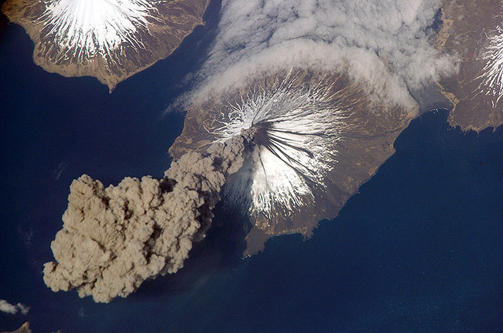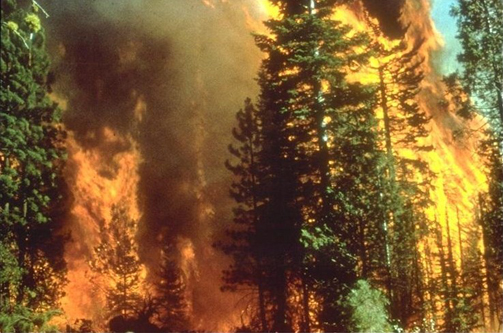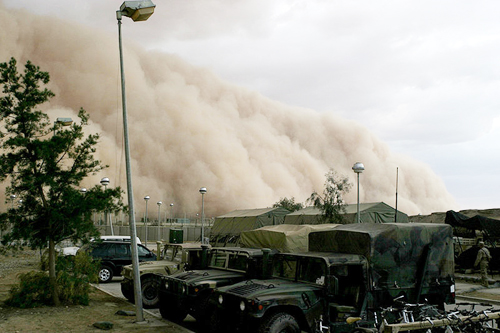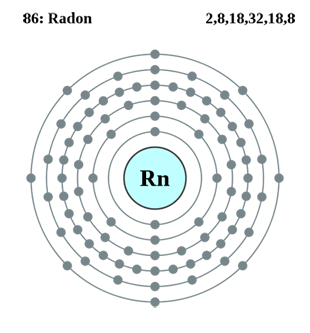Natural Influences on the Atmosphere
Many natural events and human activities impact the quality and composition of the atmosphere. Let’s begin by looking at some natural events that can impact the atmosphere. Click through the following images to learn more.







